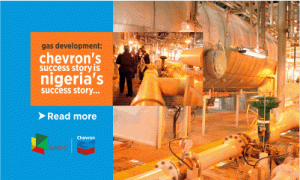Ashaka Cement Plc, a subsidiary of Lafarge Africa and a member of the LafargeHolcim Group, has commenced the construction of a 16-megawatts power plant that is expected to be completed by 2019.
It would be recalled that Lafarge Africa had few years embarked and completed power plant to serve all its production activities in Ogun State and even evacuate some power to the national grid in support of national electricity development scheme.
The Managing Director, AshakaCem, Mr. Rabiu Umar, explained that the project would help to significantly reduce the energy costs of the firm.
He averred that the N11bn project is being handled by a Chinese firm, BTG, and is located within the cement plant in Gombe.
According to him, “Last year, we started our power plant, which is a N11bn project, and we hope to inaugurate the project soon. Currently, we rely on generators for our operations, which consume much fuel and whether you are using diesel or petrol, it has strong correlation to foreign exchange.
“So, we are helping to remove ourselves from the demand for energy and providing our own solution, which means a minimum of 16 megawatts of electricity, will now become available to the public grid for the people in the region to enjoy from. The power plant is our biggest plan aimed at reducing our costs.
Umar revealed further that apart from the new power plant idea, AshakaCem, had other plans to further improve on its operations in Gombe including working to reduce its environmental footprint in its host community by sourcing for cleaner source of energy for its operations.
He said “As the largest industrial concern in the entire North-East region, it is a legacy we will want to keep by expanding our operations. We have three focus areas of youth education, empowerment and healthcare as a business and our desire is to deepen our relationship by empowering people.
“As a business, we are also committed to reducing our CO2 emissions by 40 per cent by 2030, what that means is that we must find better ways of producing the same cement by using less toxic fuel. The idea is to use the by-products of farming, for instance, palm kernel shells, rice husk and coffee husk where it exists, and using them to produce cement and reducing the amount of toxic fuel we use. It comes with a lot of benefits,” AshakaCem boss concluded.









